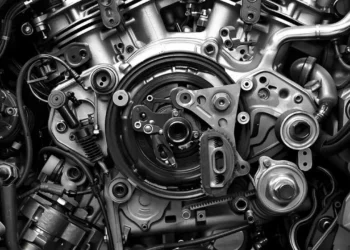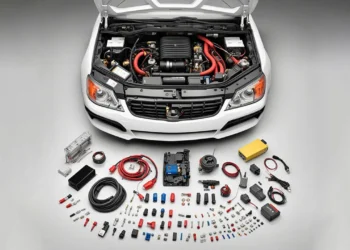Tips & Guides
Engine Braking – What is It, How It Works, How to Use
Footbraking is the most frequently applied method to manage your speed; be it doing it in an emergency or under...
Read more14 Essential Things to Keep in Your Car
There are a number of items that make a whole lotta sense to keep in your car. Some of them...
Read moreHonda Accord Aftermarket Buying Guide
It’s no wonder why the Honda Accord has been a top-selling model in the United States for the last few...
Read moreHow To Save Money For A New Car
If you have been trying to find a way to save money for purchasing your new car, you have come...
Read moreReasons To Consider Buying a Small Car
Is your current car on its last few miles? If so, and if you don’t have a family to drive...
Read moreHow to Make an Older Car Last Longer
With all those new car commercials playing in a constant loop on TV, it can be tempting to trade in...
Read moreAbout Automatic Transmissions
Manual transmissions existed before automatic ones. Manual transmissions require a driver to shift between gears so that the vehicle could...
Read moreCutting Down Car Insurance Costs
Many car owners just pay their car insurance premiums year after year because it’s easier that way. Funny thing is,...
Read more













